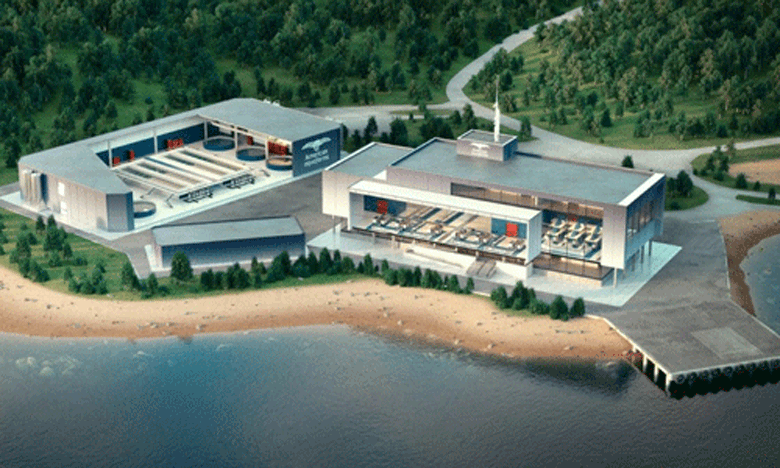Maine’s coast is witnessing multiple plans for large aquaculture projects, including two new sites planned for Frenchman Bay, in addition to those in Belfast, Bucksport, and Jonesport. For some, the possibility of jobs and tax revenue from industrial-sized aquaculture is appealing. The success of these plans, however, is dependent upon new, complex technologies.
Maine is becoming positioned to be the proving grounds for these new technologies. Does Maine’s existing permitting process help determine what’s best for the state and the environment?
The permitting process is very technical, making understanding difficult for the average Mainer. Our state regulators are underfunded and standards for permits leave significant room for argument.
The industry claims it can build some of the largest-in-the-world fish factories and meet state guidelines…
Regulators consider two types of standards. One standard is a technology based standard, or “best practical treatment,” where “practical” can be subjective. Another standard that can be measured is a water quality-based standard. Maine’s weak marine water quality-based standards include a temperature regulation and difficult-to-verify parameters such as “anti-degradation” and “assimilation” policies.
Evaluating these predictions depends on high-tech computer modeling, where results often vary by factors of two, and they need verification to be trusted. Maine regulators ultimately must accept investor promises. The industry claims they can build in Maine some of the largest-in-the-world fish factories and meet state guidelines, but few guidelines exist and the only recourse is fines if the technologies fail to succeed. The health of the Gulf of Maine is at stake.
If the process approved by Maine regulators for Nordic Aquafarms in Belfast is any example, Mainers should be asking a lot more questions about available and proven technologies. Recently acquired documents from Gov. Mills’ office requested through freedom of information laws illustrate strong corporate lobbying on Nordic’s behalf and government contacts with regulators. Maine environmental regulators did not review competing technologies that offer minimal pollution and relied on unverified computer modeling.
One example of weakness in the regulatory process is the inability to verify predictions of how ocean currents affect where pollutants will flow. This determination should happen before the discharge of pollutants takes place. Instead, Maine has asked Nordic to monitor the dispersion of added dye to the effluent after the plant is built and after it is operating at full capacity.
Large aquaculture projects in other states are demanding technology that reduces environmental risks. West Coast Salmon’s plan for a 50,000 metric tons per year land-based salmon farm in the Nevada desert uses a minimal liquid discharge system.
I have communicated with several at West Coast Salmon’s technology provider, Aquamaof (www.aquamaof.com), and described Nordic Aquafarms’ plan to raise 33,000 metric tons per year of fish while creating 7.7 million gallons per day of liquid waste containing 1,600 pounds of nitrogen, using enormous amounts of groundwater, and requiring approximately 28 megawatts of electricity from the region’s grid.
What would West Coast Salmon’s footprint be for the same size as Nordic’s production? Its technology suggests it would produce one-tenth the wastewater discharge with roughly one-sixteenth the nitrogen at half the concentration, and use half the amount of groundwater while requiring less power. West Coast Salmon is using technology that is currently producing fish successfully at some 50 sites around the world.
Throughout the permitting process, Upstream Watch has encouraged Maine’s regulators to consider other examples of proven technologies such as minimal liquid and zero discharge. Why would we want to unnecessarily use excessive groundwater and add pollutants to our coastline? Why bend our environmental standards at this crucial time when better systems already exist?
John Krueger is a board member of Upstream Watch and holds two chemical engineering degrees from M.I.T. He is a retired division director of licensing and enforcement at the Maine Department of Environmental Protection and retired director of Maine’s Health and Environmental Testing Laboratory. He lives in Northport.





